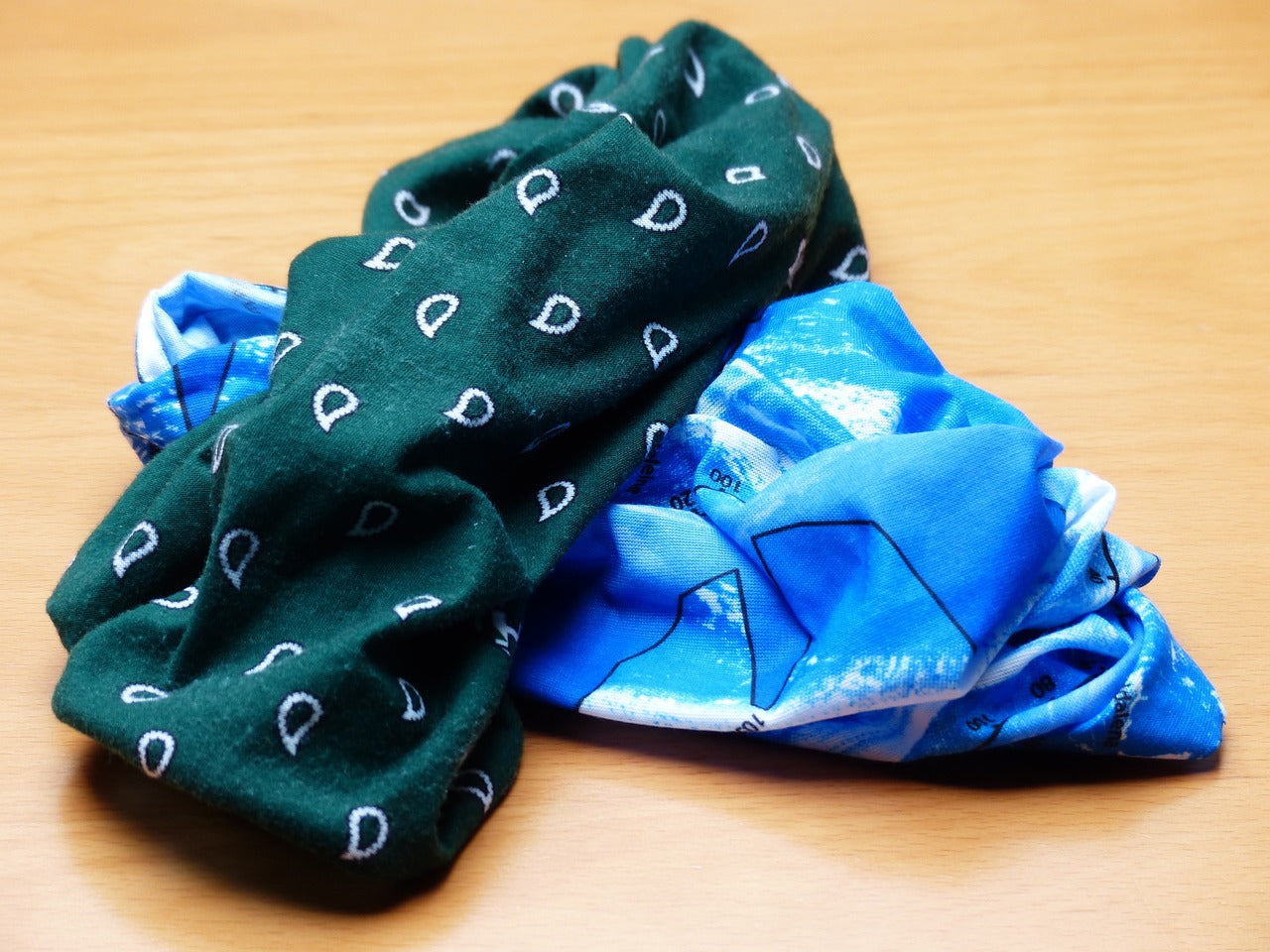In the ever-evolving world of fashion, personalization has become a key element in standing out from the crowd. Accessories are no longer just embellishments; they are statements of individuality. One of the most creative ways to express personal style is by designing a custom-painted scarf. This trend has gained popularity among fashion enthusiasts, DIY lovers, and artists alike, offering a unique way to elevate an outfit effortlessly.
A custom-painted scarf is more than just a piece of fabric it’s a wearable work of art that adds flair, personality, and sophistication to any ensemble. Whether you are looking to craft a one-of-a-kind gift or simply want to add a handmade piece to your wardrobe, creating your own scarf can be a rewarding and enjoyable experience.
This guide will take you through the process of making a personalized scarf design, from choosing the right fabric to applying the finishing touches. With the right materials, techniques, and a bit of creativity, you can transform a simple scarf into a fashion masterpiece.
Choosing Your Scarf
Types of Scarves Suitable for Painting
The type of scarf you choose plays a significant role in how well the paint adheres and how vibrant the colors appear. Here are some of the best fabric options:
-
Silk: A luxurious and lightweight fabric that absorbs paint beautifully, creating soft, flowing designs.
-
Cotton: A sturdy and breathable option that holds paint well and is easy to work with.
-
Linen: Offers a textured surface that gives a rustic and artistic look to painted designs.
-
Rayon or Viscose: Provides a silk-like drape at a more affordable price, making it a great alternative.
-
Polyester blends: Can work well, but require fabric-specific paints for proper adhesion.
Factors to Consider
When selecting a scarf for painting, consider the following:
-
Fabric texture: Smooth fabrics allow for more intricate designs, while textured fabrics create unique patterns.
-
Size and shape: Square, rectangular, or infinity scarves can all be customized.
-
Base color: Light or neutral-colored scarves provide the best canvas for vibrant designs.
Gathering Materials
Essential Supplies
Before you begin painting, gather these materials:
-
Acrylic paint: Choose high-quality acrylic paints to ensure durability and color vibrancy.
-
Paintbrushes: A variety of brush sizes for detailing and broader strokes.
-
Fabric markers or pencils: For sketching your design before painting.
-
Palette: To mix and blend colors.
-
Water container and cloth: For cleaning brushes and managing paint consistency.
-
Masking tape or stencils: To create clean edges and intricate patterns.
-
Iron or heat-setting tool: To make the paint permanent on fabric.
Choosing the Right Paint
For a DIY fashion scarf, fabric-specific paints are essential. Water-based acrylic paints work best as they remain flexible and don’t crack. If painting on silk, consider using silk dyes for a smooth finish.
Designing Your Scarf
Finding Inspiration
A well-thought-out design is key to achieving a professional-looking result. Consider these sources for inspiration:
-
Nature: Floral patterns, leaves, and landscapes.
-
Abstract art: Unique color blends and freehand strokes.
-
Tribal and geometric designs: Symmetric patterns with bold contrasts.
-
Pop art and graffiti styles: Bright, expressive, and contemporary looks.
Sketching Your Design
Before applying paint to your scarf, sketch your design lightly with a fabric pencil. This helps visualize placement and proportions. Keep in mind:
-
Use a light touch to avoid staining the fabric.
-
Experiment with different patterns on paper first.
-
Ensure that the design complements the scarf’s dimensions.
Choosing a Color Scheme
Color harmony is essential in designing a custom silk scarf. Follow these tips:
-
Stick to complementary colors for a balanced look.
-
Use monochromatic tones for an elegant, subtle effect.
-
Experiment with contrasting hues for bold and modern designs.
Preparing to Paint
Prepping Your Scarf
Before painting, make sure the scarf is clean and smooth:
-
Wash and iron the fabric to remove any residue.
-
Stretch the scarf over a flat surface using tape or a frame.
-
Place a protective layer underneath to prevent paint from bleeding through.
Setting Up Your Workspace
An organized workspace makes the process smoother:
-
Choose a well-lit, ventilated area.
-
Lay out all your materials within easy reach.
-
Protect your table with plastic or a disposable cloth.
Transferring Your Design
To transfer your sketch onto the scarf:
-
Use tracing paper for intricate designs.
-
Lightly outline with fabric markers to guide your brushstrokes.
-
If using stencils, secure them with masking tape for precision.
Painting Techniques
Methods to Try
Depending on the desired effect, you can experiment with different techniques:
-
Freehand painting: Ideal for abstract and expressive designs.
-
Stenciling: Ensures uniform shapes and patterns.
-
Watercolor effect: Use diluted paint for soft, gradient transitions.
-
Splatter painting: A playful technique that adds spontaneity.
Tips for Application
-
Work in thin layers to avoid stiffening the fabric.
-
Let each section dry completely before adding new colors.
-
Blend colors directly on the fabric for seamless transitions.
Setting and Sealing the Paint
Making the Design Permanent
To ensure your painted scarf is wash-safe and long-lasting:
-
Heat-set the paint using an iron on a low setting.
-
Air-dry for 24 hours before the first wash.
-
Consider using an acrylic fabric finisher for added durability.
Optional Finishes
-
A matte finish for a natural look.
-
A glossy sealant to enhance color vibrancy.
-
A glitter coat for an elegant shimmer.
Styling Your Custom Scarf
How to Wear It
A painted scarf can elevate any outfit. Try these styling tips:
-
Draped over the shoulders for a classic look.
-
Knotted at the neck for a chic touch.
-
Tied as a headband for a bohemian vibe.
Outfit Pairing Ideas
-
Pair a floral custom silk scarf with a minimalist dress.
-
Use bold geometric prints to complement neutral outfits.
-
Layer a DIY fashion scarf over a leather jacket for contrast.
Maintenance Tips
How to Keep Your Scarf in Perfect Condition
-
Hand wash in cold water with mild detergent.
-
Avoid wringing; instead, press gently to remove excess water.
-
Store in a cool, dry place, folded neatly or hung.
(Source: @yn.handpain)
Creating a custom-painted scarf is a fantastic way to showcase creativity while adding a unique element to your wardrobe. Whether opting for bold statement pieces or delicate, subtle patterns, this DIY project allows for endless artistic expression.
For those looking for high-quality acrylic paints and finishes, Angelus Direct provides a range of premium products that ensure durability and vibrant results.
FAQs
What are the best fabrics to use for a custom-painted scarf?
Silk and cotton are ideal due to their smooth texture and excellent paint absorption.
How long does it take for the paint to dry on a scarf?
It typically takes 12-24 hours for Acrylic paint to dry completely.
Can I wash a custom-painted scarf?
Yes, hand washing with mild detergent is recommended to maintain the design.
What if I make a mistake while painting?
Mistakes can be fixed by layering over with a new design or using a paint remover.
How can I make sure the colors stay vibrant?
Using Angelus Direct acrylic sealers helps lock in colors and prevent fading.

